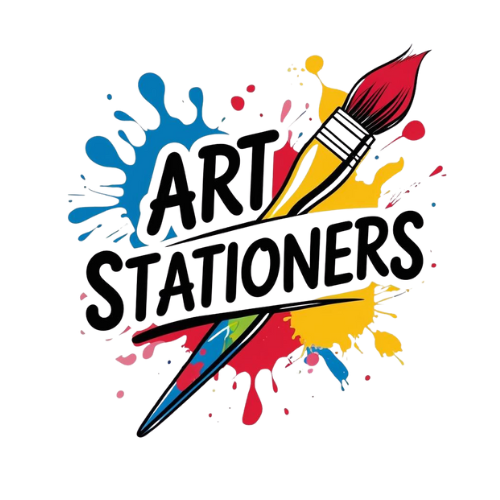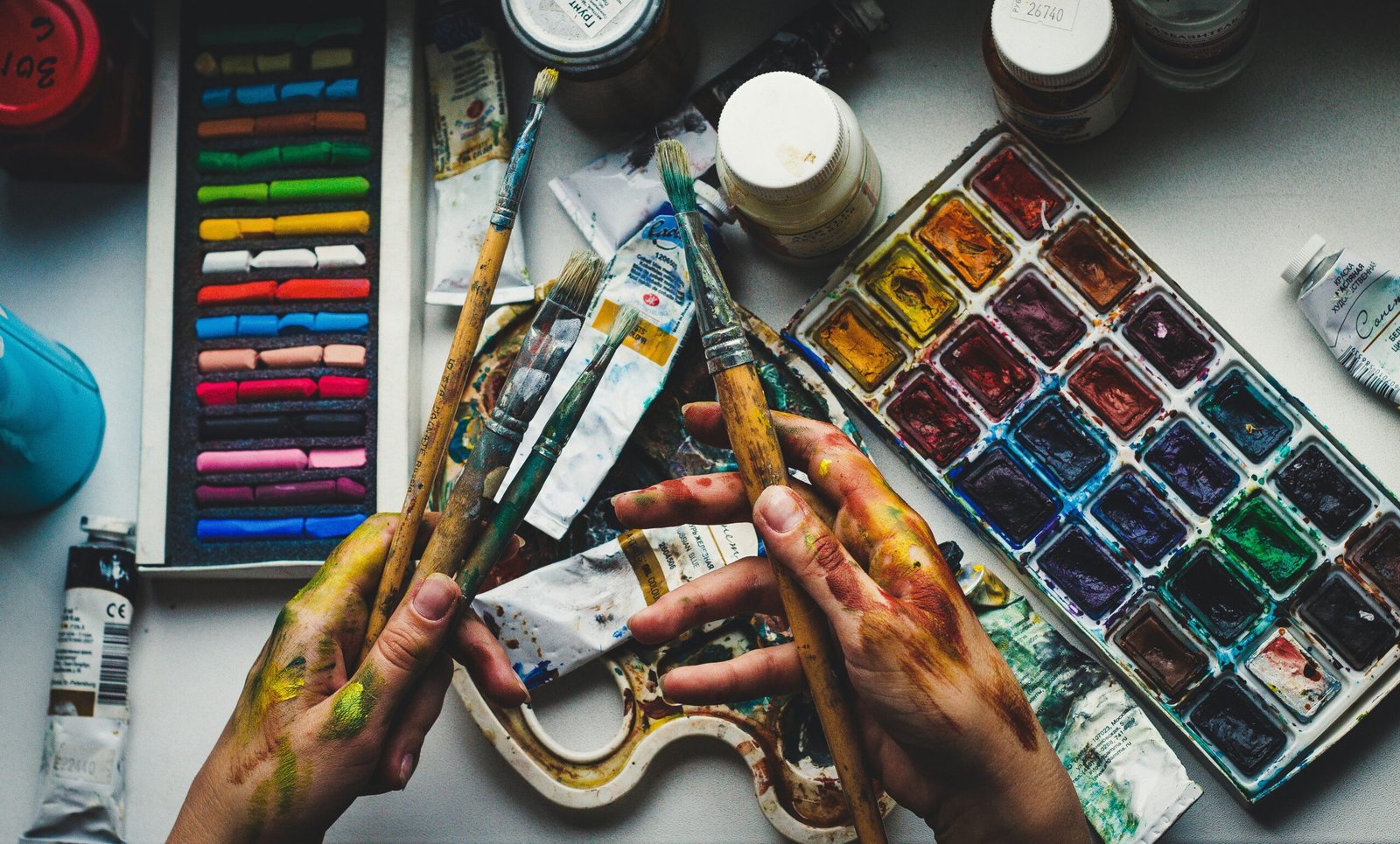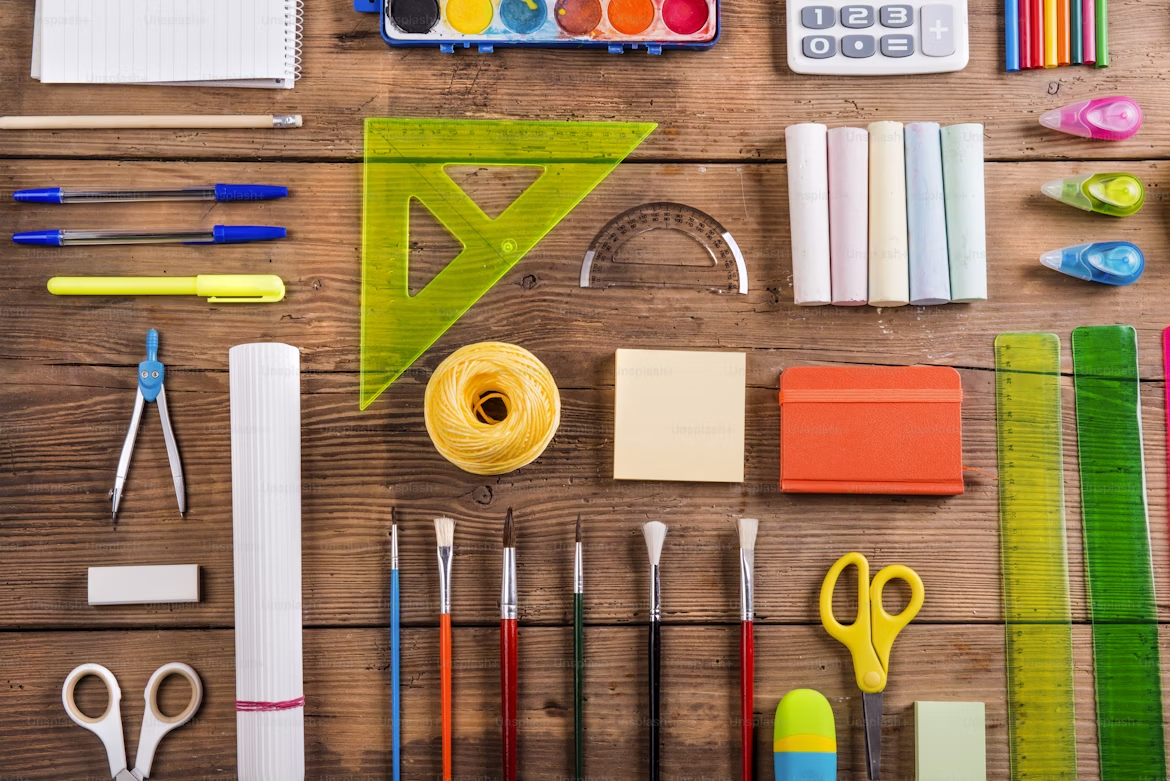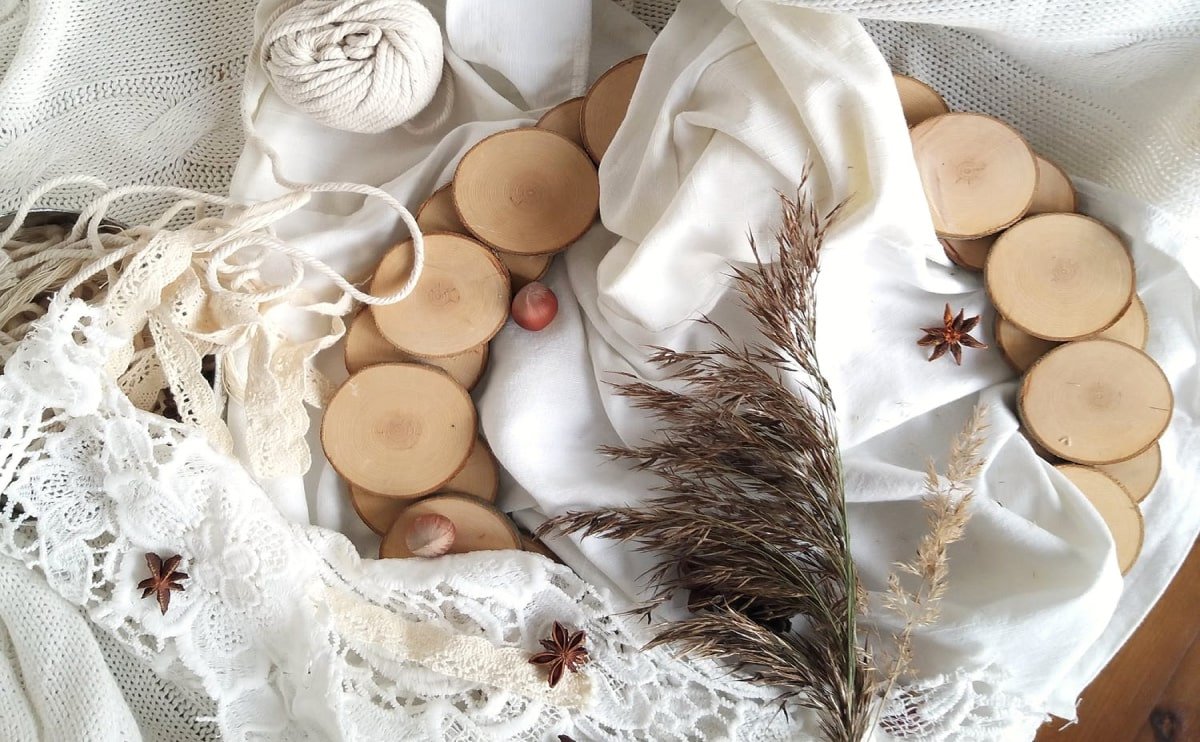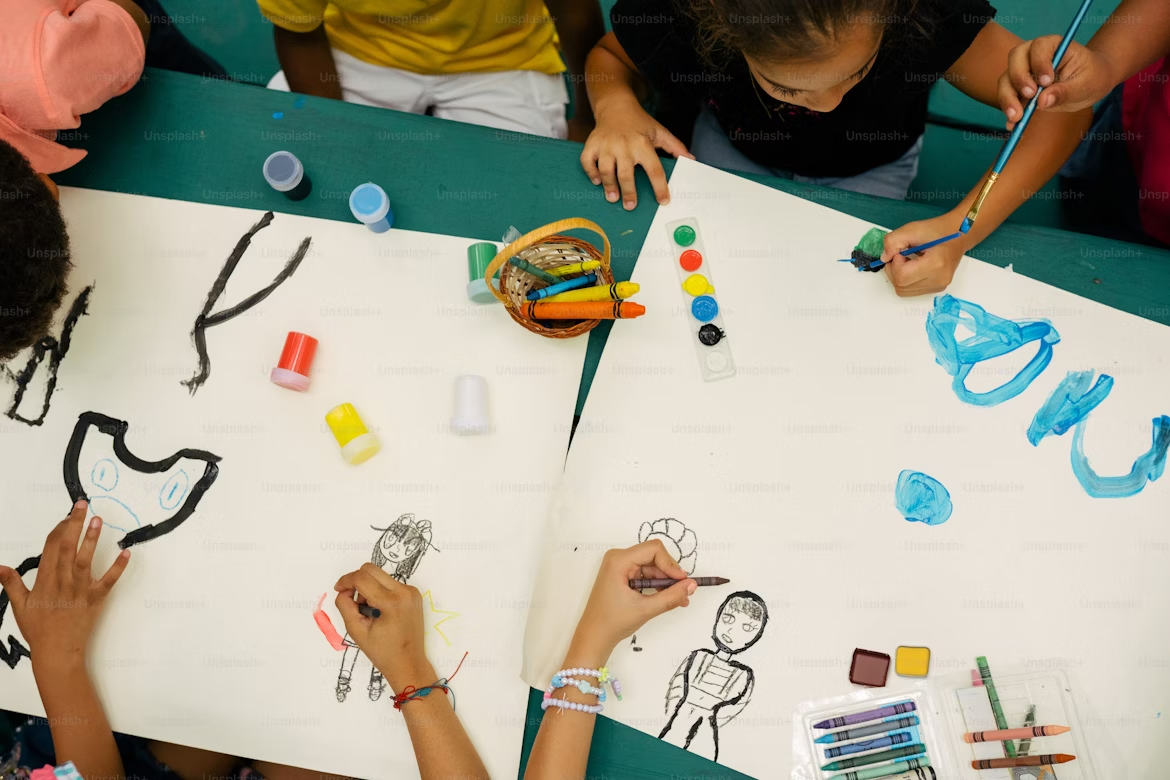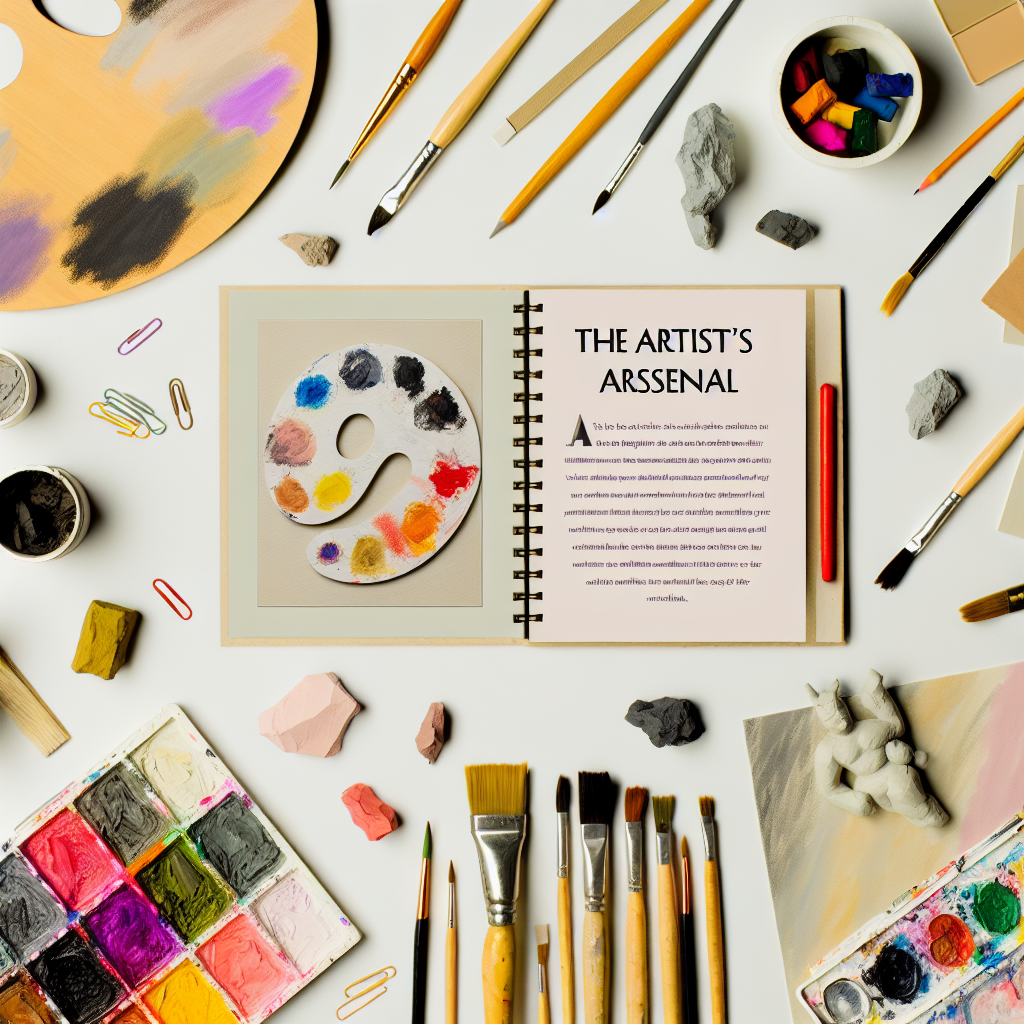Choosing the right materials is crucial for artists to effectively express their creativity. Whether you are a painter, sculptor, or digital artist, understanding the various materials available in your medium can shape your artistic outcomes. This guide will help you navigate through the essentials of selecting the right materials for your creative journey.
1. Painting
When it comes to painting, the choice of media can significantly affect your work. Here are some popular materials:
- Acrylic Paint: Fast-drying and versatile, perfect for both beginners and professionals.
- Oil Paint: Offers rich colors and textures, but requires longer drying times.
- Watercolor: Known for its fluidity and transparency, great for delicate washes.
- Canvas or Paper: Choose the right surface based on your paint type; primed canvas for oils, and watercolor paper for watercolors.
2. Drawing
Selecting the right tools for drawing can enhance your technique and style. Consider these materials:
- Pencils: Ranging from hard (H) to soft (B), each provides different levels of graphite and texture.
- Charcoal: Excellent for rich, dark lines and shading; sticks and pencils are both available.
- Ink Pens: Perfect for detailed line work; experiment with different nib sizes and ink types.
- Paper: The right texture and weight can make a difference; smooth for fine lines, rough for more texture.
3. Sculpture
Sculpting materials can vary widely based on the desired outcome. Here are some options:
- Clay: Versatile for both hand-building and wheel-throwing; earthenware, stoneware, and porcelain each have unique qualities.
- Stone: Offers a natural look but requires specialized tools and techniques.
- Metal: Often used for more permanent installations; welding and casting techniques are essential here.
- Mixed Media: Combine different materials like wood, fabric, and found objects to create unique sculptures.
4. Digital Art
The digital realm of art requires specific tools as well. Consider the following:
- Graphics Tablets: Devices like Wacom tablets can boost precision in your digital illustrations.
- Software: Programs like Adobe Photoshop, Illustrator, or Procreate are industry standards for digital art.
- Brushes and Textures: Custom brushes can simulate traditional media; don’t hesitate to explore downloadable resources.
Conclusion
In conclusion, choosing the right materials for your medium is essential to developing your artistic voice. Take the time to experiment with different tools, and don’t be afraid to make mistakes along the way. The best art often comes from exploration and discovery!
